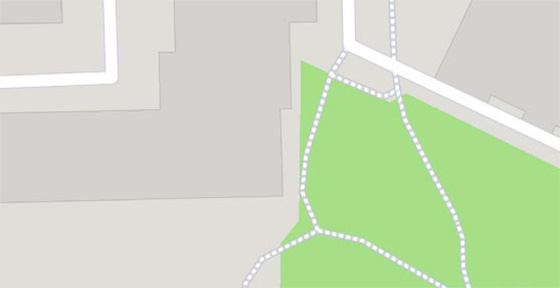Sé de Lisboa is the oldest and main church in Lisbon. The Roman Catholic Cathedral of the Blessed Virgin Mary is one of the most important monuments of Portugal. Built in 1150 in the Romanesque style. The interior of the cathedral is Gothic. There is a royal pantheon in it. There are, among others, relics of St. Vincent of Zaragoza, patron of Lisbon.
Sé de Lisboa is built on a Latin cross plan with three naves. It is 90 meters long, 40 meters wide, and its height at its highest point is 12 meters. Particularly noteworthy are the cathedral chapels commemorating the heroes of the city's liberation from the Moorish rule, including Chapel of Damian and Kosma with the tomb of the fourteenth-century knight Lopo Fernandes Pacheco, faithful companion of King Afonso IV. The tombs of the Portuguese king Afonso IV and his wife are located behind the main altar, in the presbytery.
The construction of the cathedral in Lisbon began after its liberation from the hands of the Moors in 1147, and was completed at the beginning of the 13th century. An earthquake in 1755 destroyed its structure, including main chapel and royal pantheon. The reconstruction of the cathedral lasted almost until the end of the 18th century, and the royal tombs were rebuilt in 1781. The cathedral received its current appearance at the beginning of the 20th century.
Attractions inside




